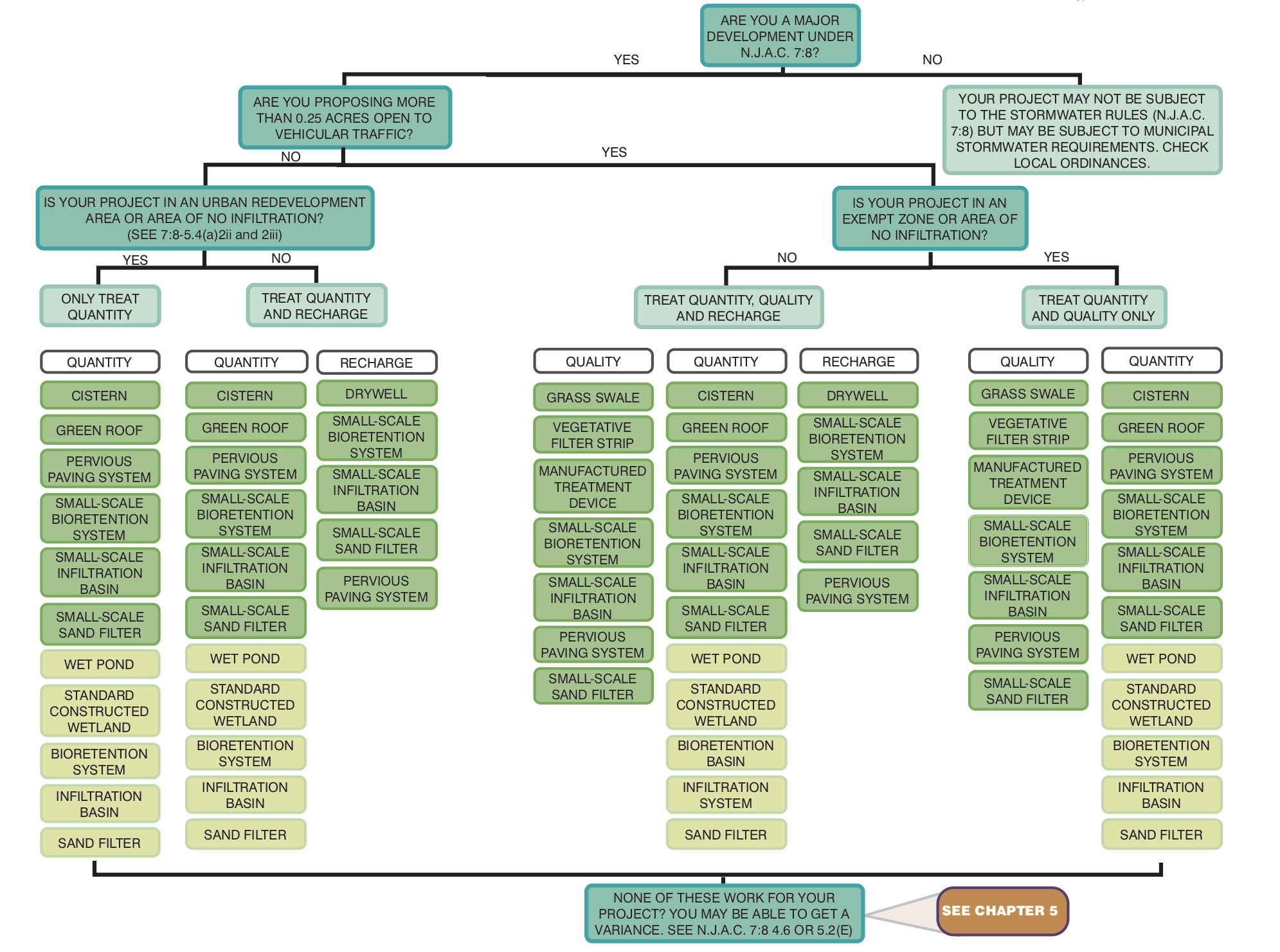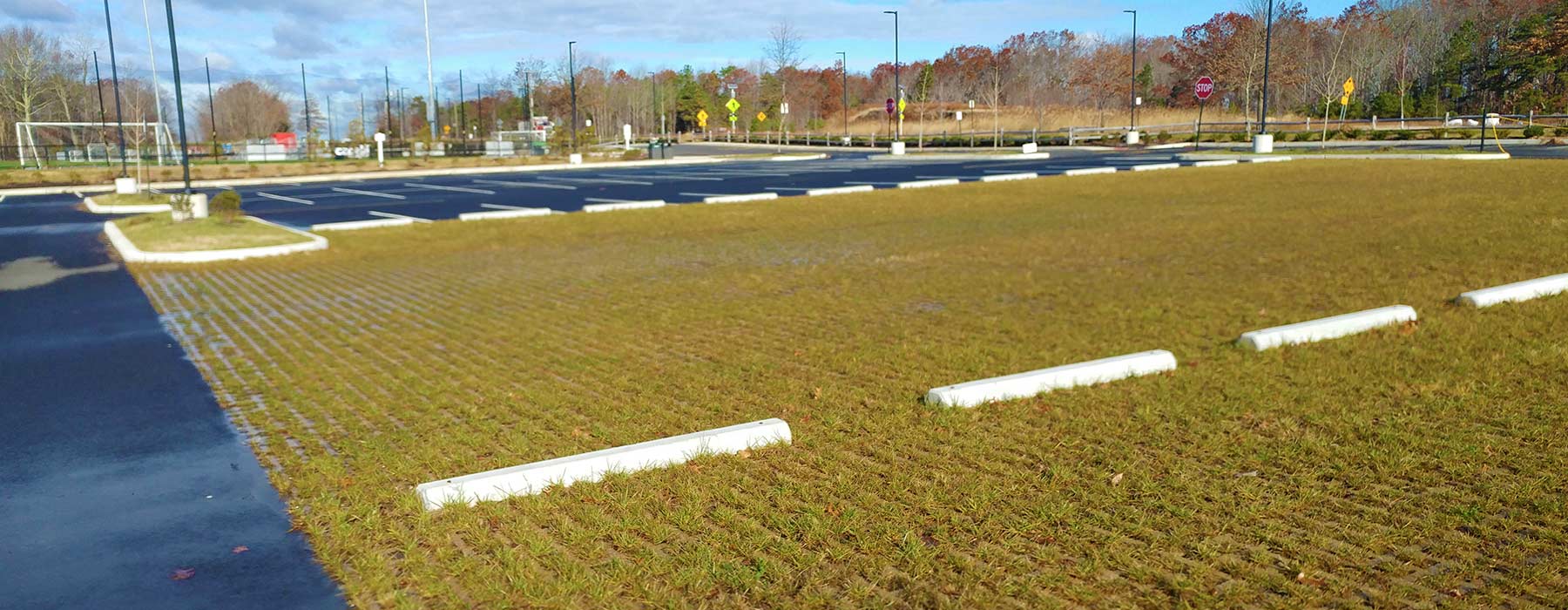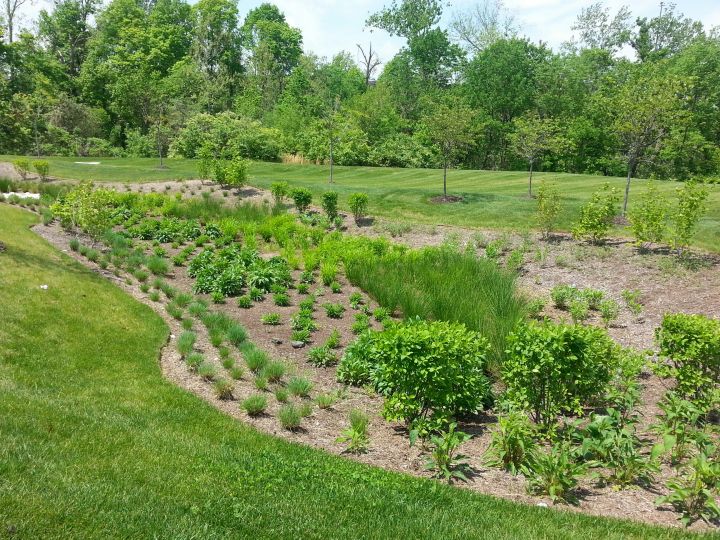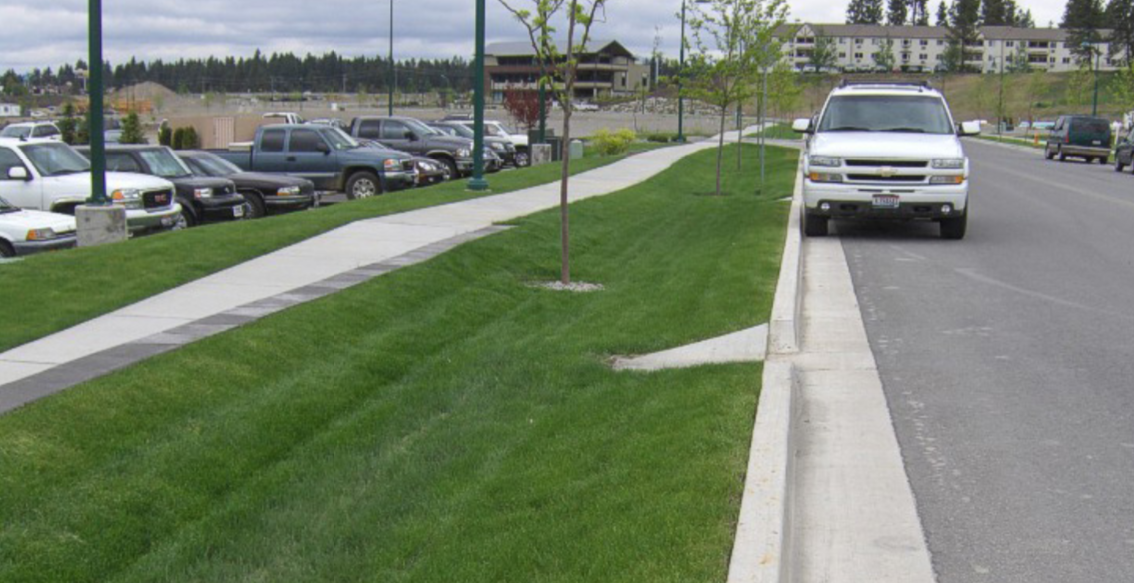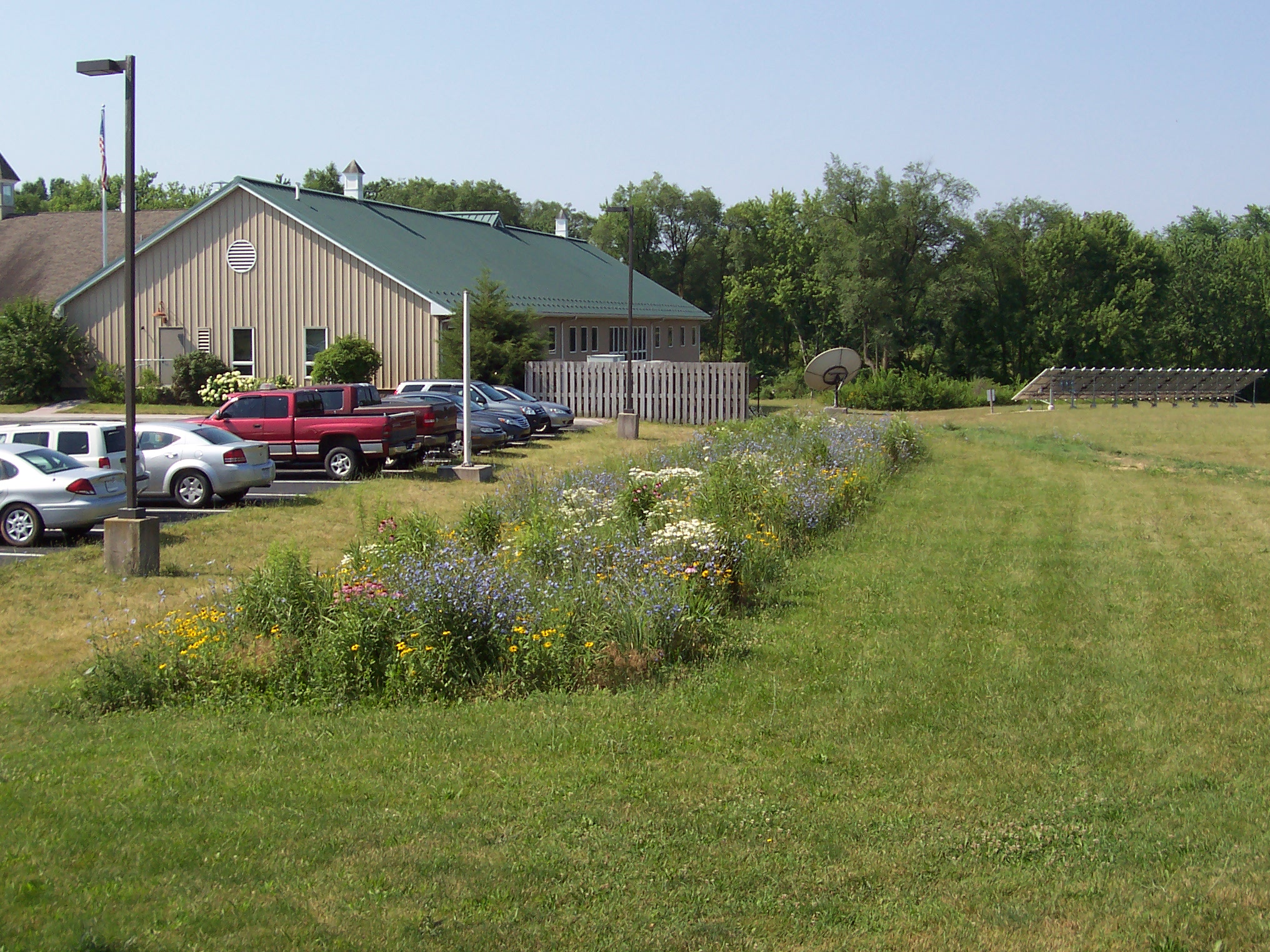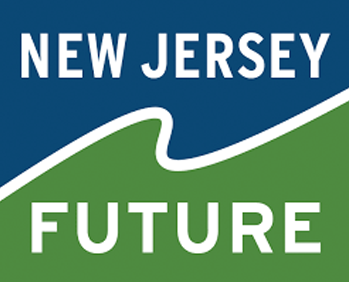Deciding Which BMPs are Right for Your Project
Each project has its own specific stormwater needs and constraints and each Green Infrastructure Best Management Practice has unique benefits and functions. Click through the Decision-Making Tree to choose the best BMPs for your site. The new amendments to N.J.A.C. 7:8 place much greater emphasis on distributed green infrastructure. Design professionals will consult Tables 5-1 and 5-2 to determine which BMPs may be used to meet standards for runoff quality, groundwater recharge, and runoff quantity. Table 5-3 shows options available with a waiver or variance. This tool illustrates design options available without variances or waivers.
What’s a “major development”?
As of March 2021, “major development” means (a) an individual development or multiple developments that, individually or collectively, result in the disturbance of one or more acres of land since Feb. 2, 2004; or (b) the creation of one-quarter acre or more of “regulated impervious surface” since Feb. 2004; or (c) the creation of one-quarter acre or more of “regulated motor vehicle surface” since March 2021; or a combination of new regulated impervious surface or motor vehicle surface (b) and (c) above that totals one-quarter acre or more.
The Decision Making Tree can be used to help choose the best BMPs for your site. See below to navigate through decision steps.
